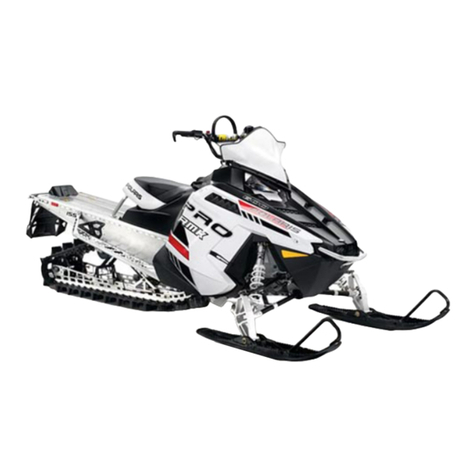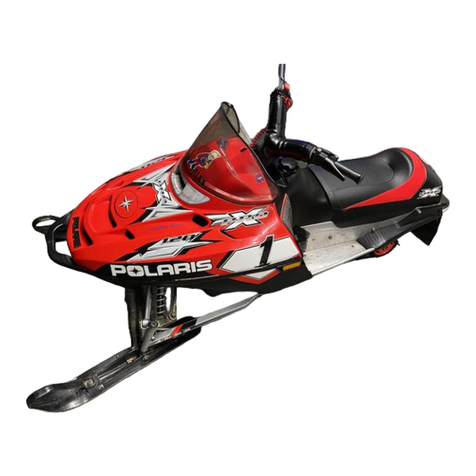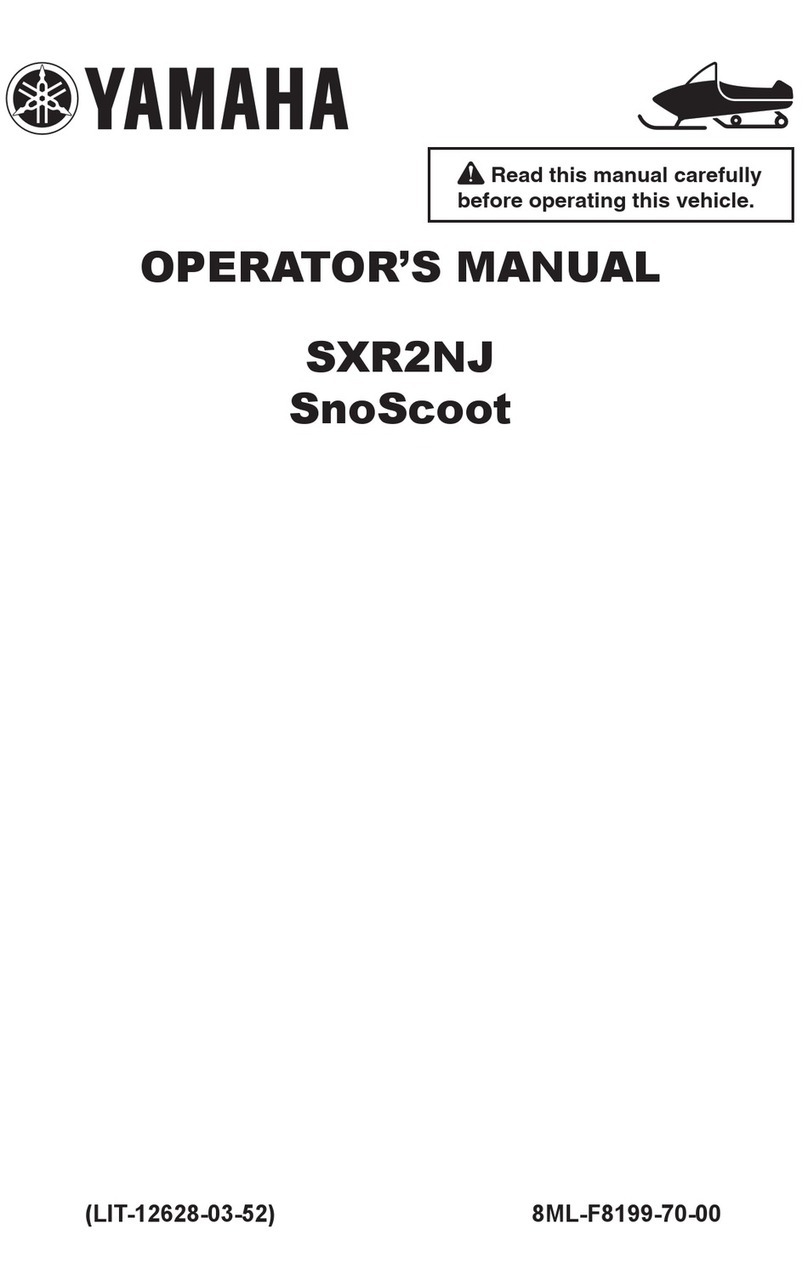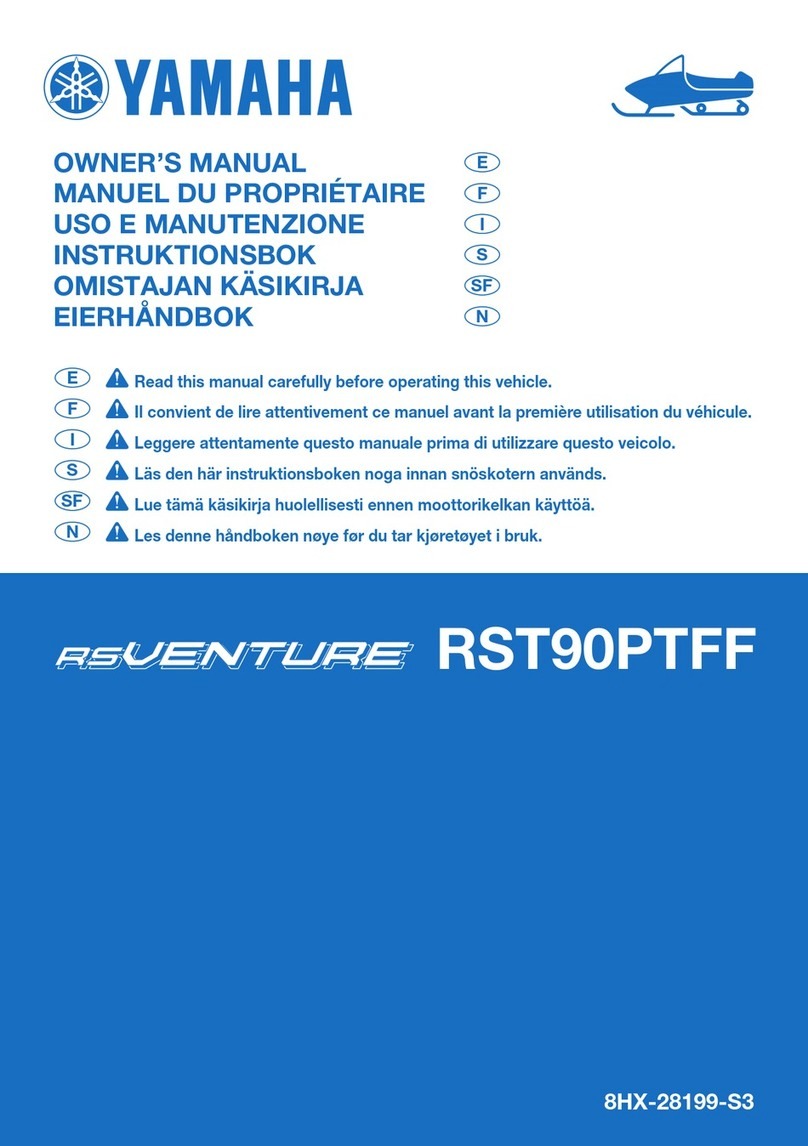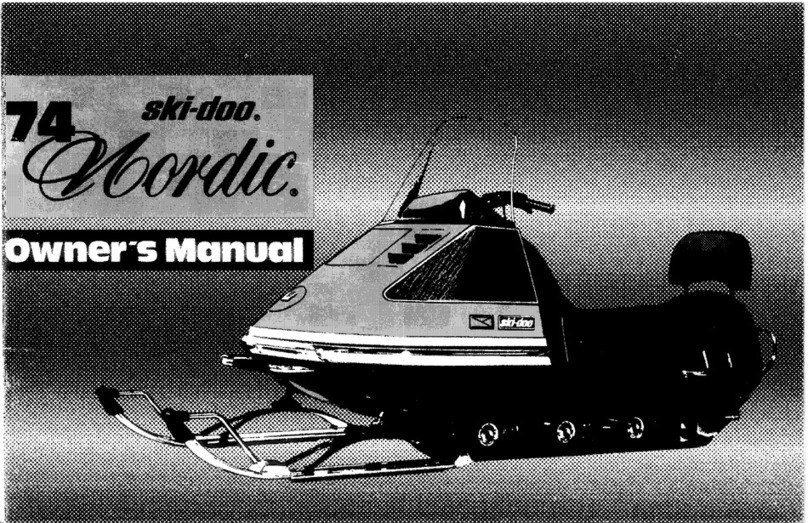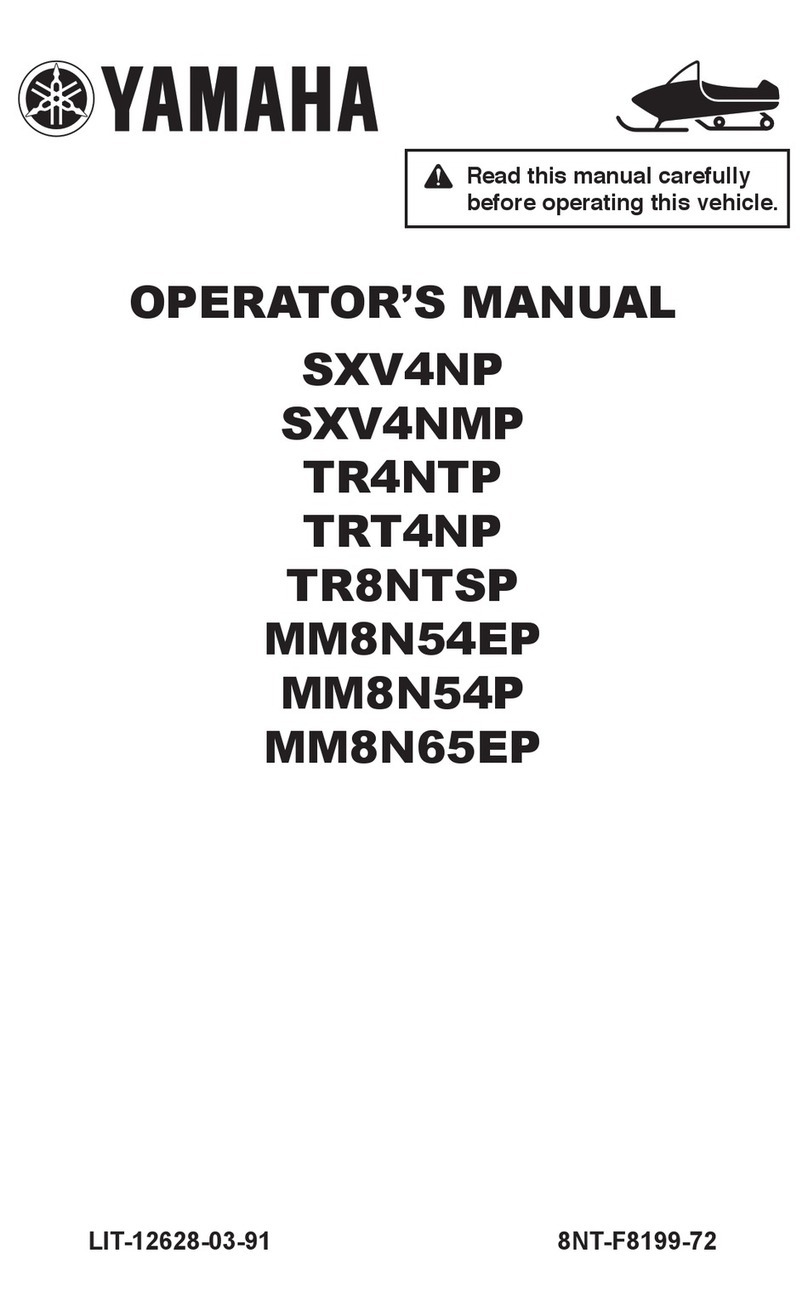Polaris Playmate 1971 Install guide
Other Polaris Snowmobile manuals

Polaris
Polaris 120 XC SP User manual
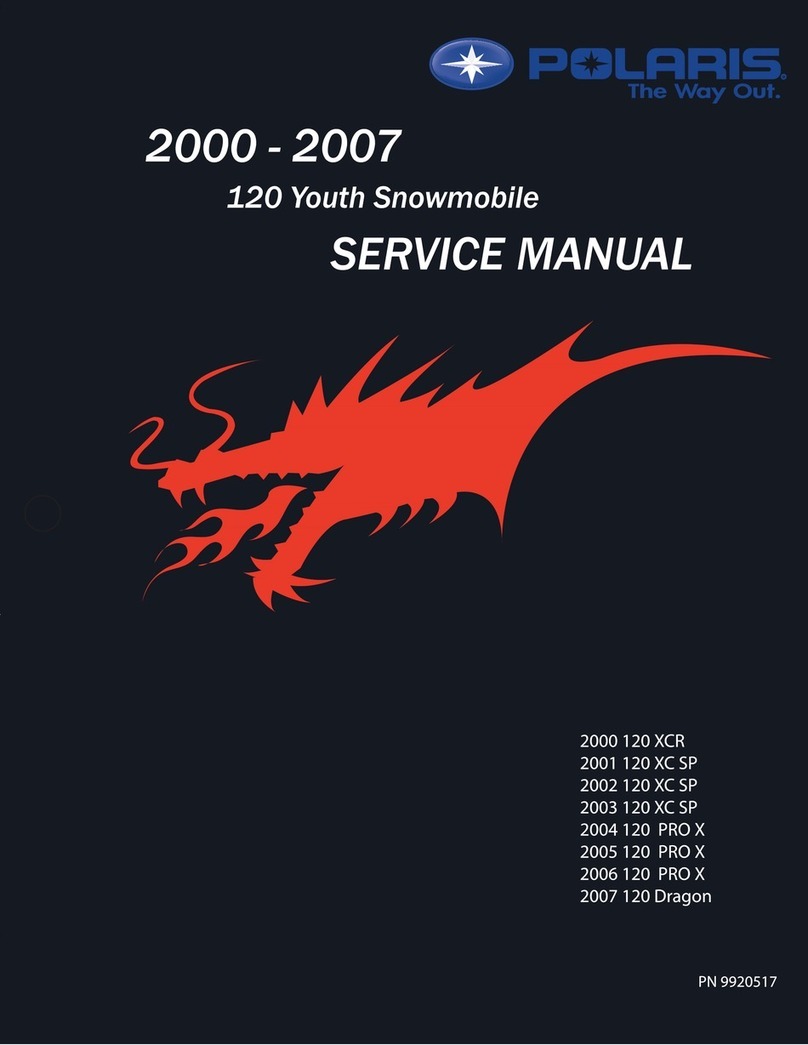
Polaris
Polaris 2000 120 XCR User manual
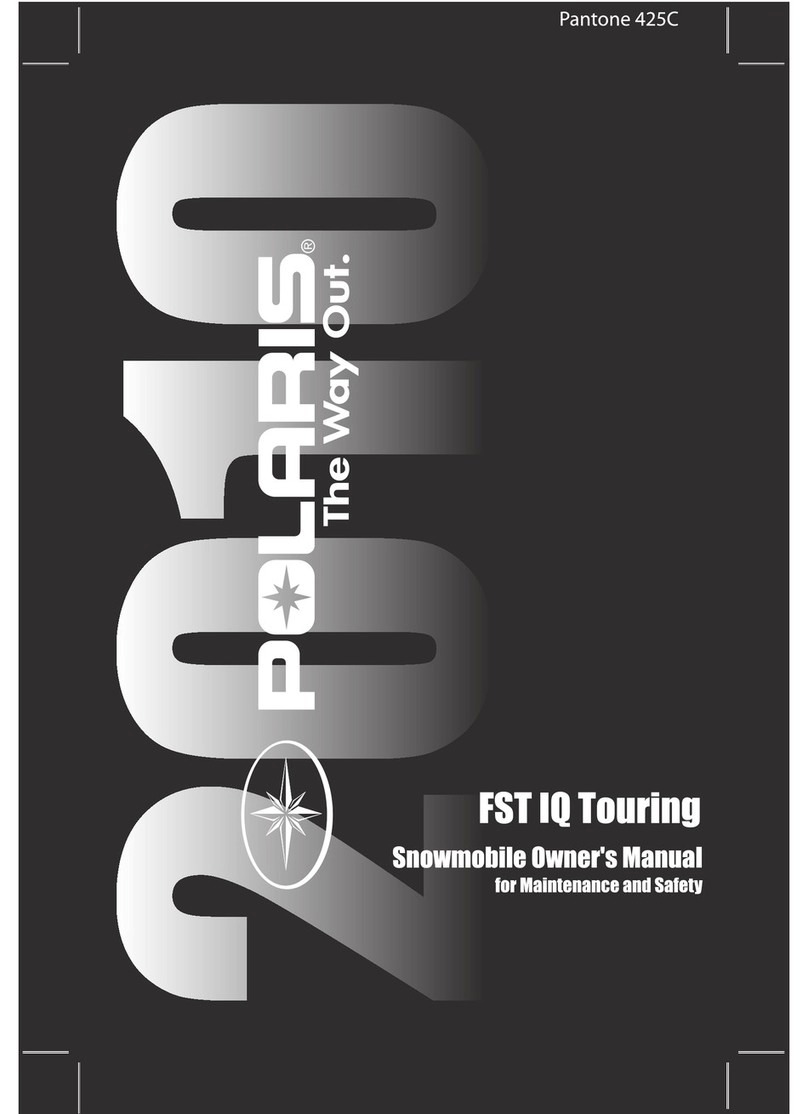
Polaris
Polaris FST IQ Touring User manual
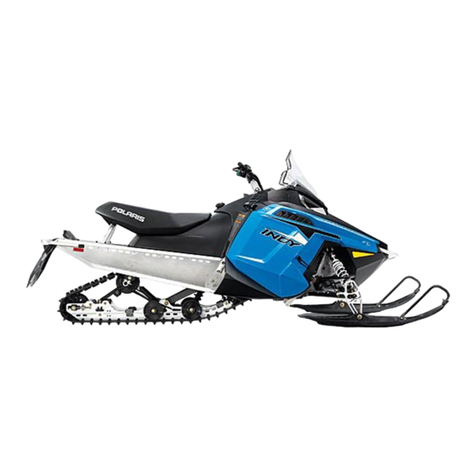
Polaris
Polaris 600 INDY Voyager 2014 User manual
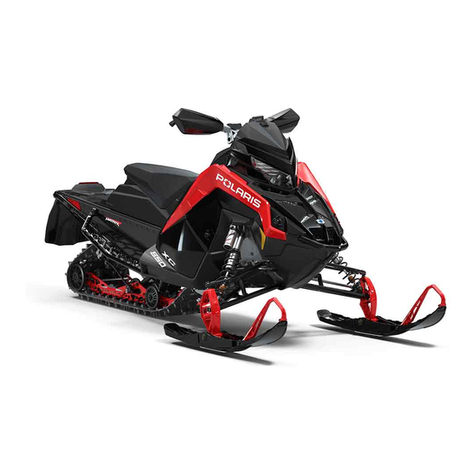
Polaris
Polaris 850 MATRYX INDY XC 129 2021 User manual
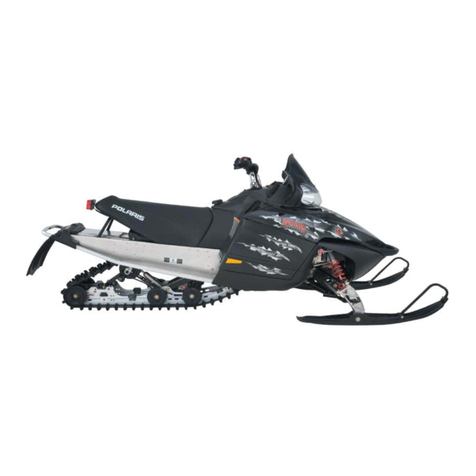
Polaris
Polaris Dragon User manual

Polaris
Polaris 600 RUSH 2013 Guide

Polaris
Polaris 600 INDY 2013 Guide
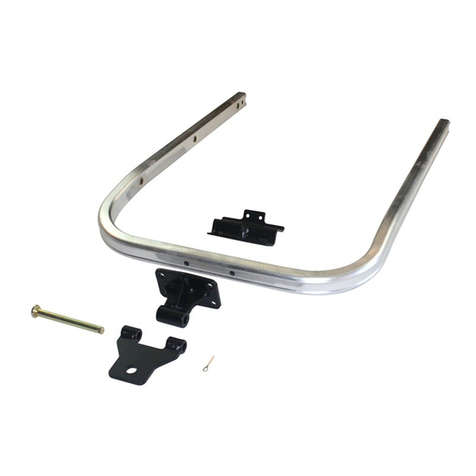
Polaris
Polaris 2882859 User manual
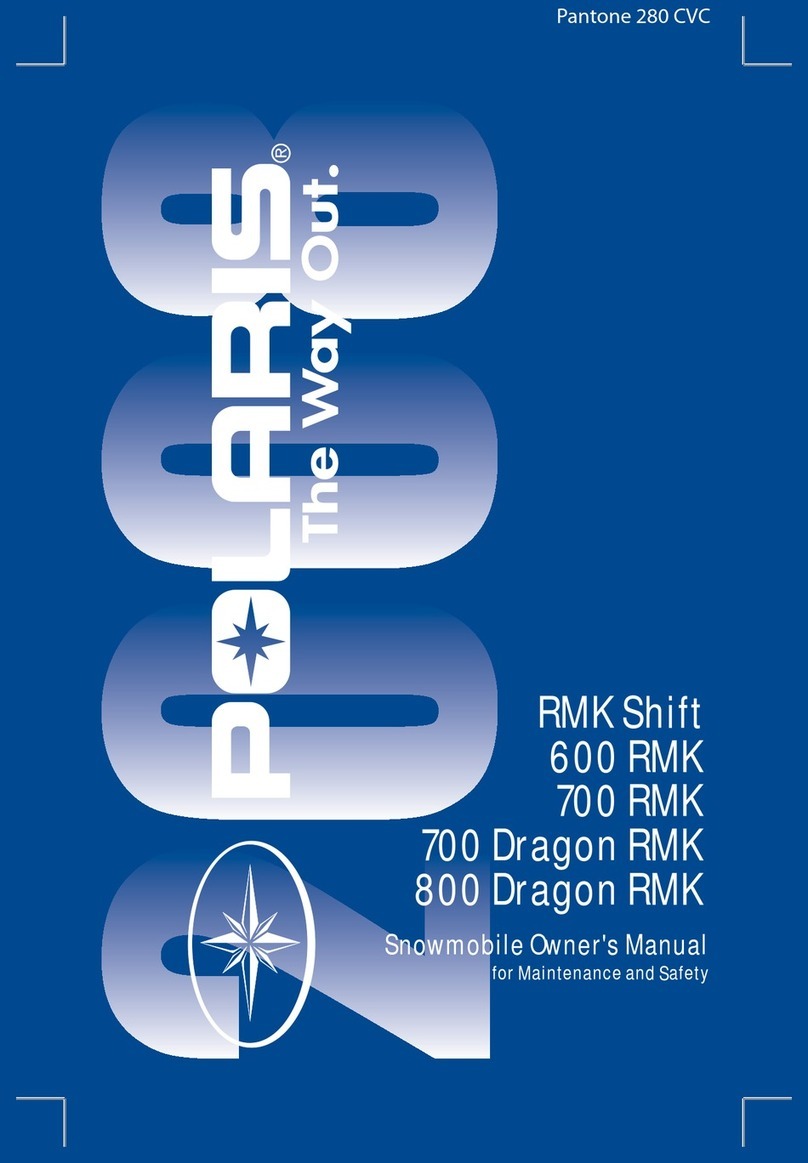
Polaris
Polaris RMK Shift User manual
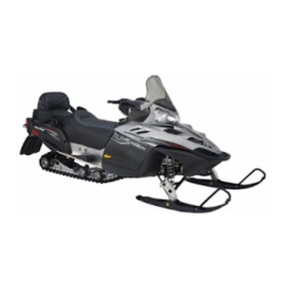
Polaris
Polaris FST IQ Cruiser User manual

Polaris
Polaris 2015 600 RMK User manual
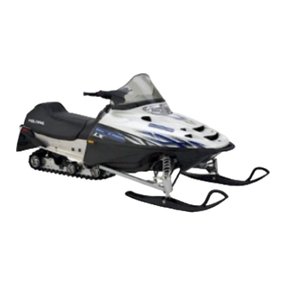
Polaris
Polaris 2007 Two Stroke User manual

Polaris
Polaris 600 INDY VOYAGEUR User manual
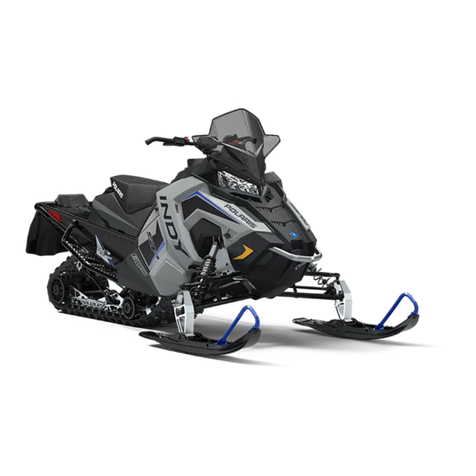
Polaris
Polaris 600 INDY Voyager 2014 User manual

Polaris
Polaris 600 EDGE Touring 121 User manual

Polaris
Polaris 550 Indy Sport 2024 User manual

Polaris
Polaris Patriot 650 2024 User manual

Polaris
Polaris 650 2023 User manual
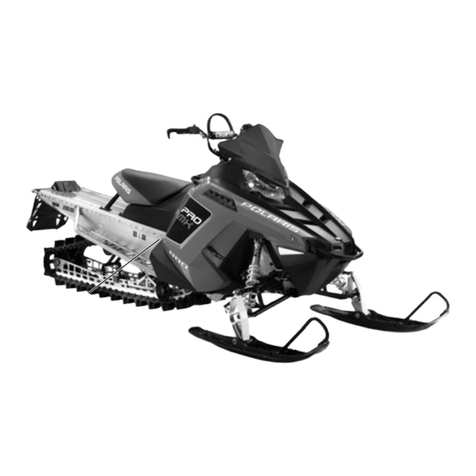
Polaris
Polaris 800 RMK 2011 User manual
Popular Snowmobile manuals by other brands

BRP
BRP Ski-Doo MXZ 120 2023 Operator's manual

Arctic Cat
Arctic Cat ZR 900 Series 2006 Operator's manual
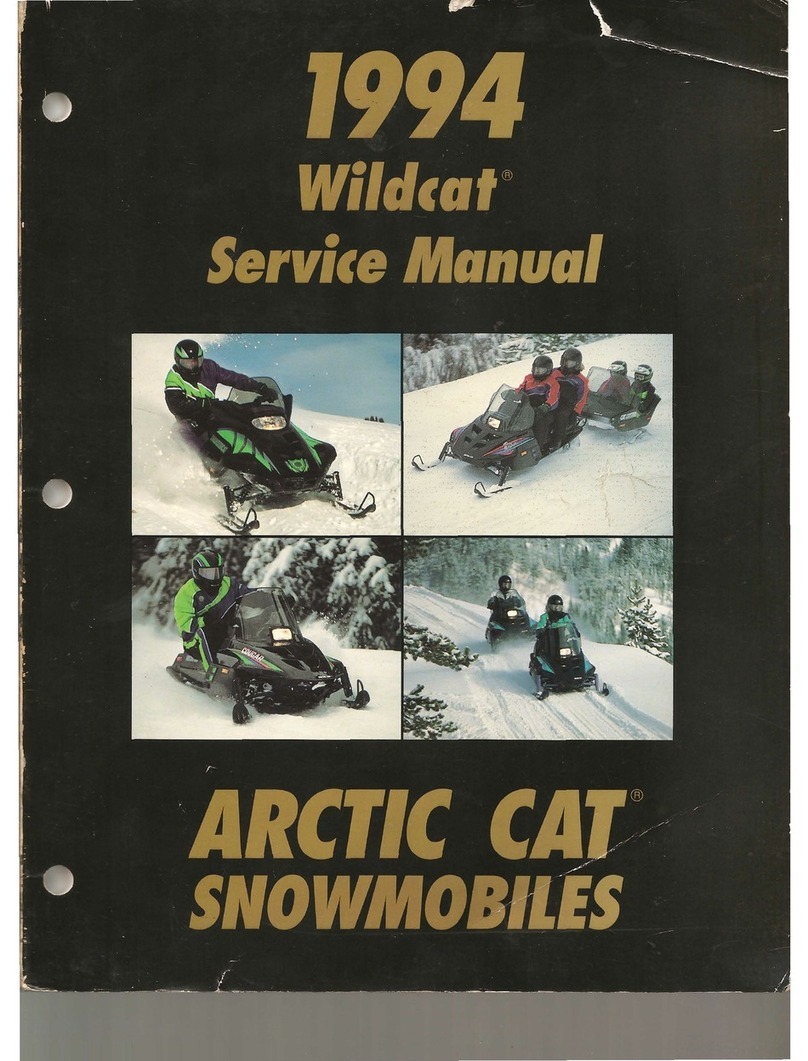
Arctic Cat
Arctic Cat Wildcat EFI Mountain Cat 1994 Service manual
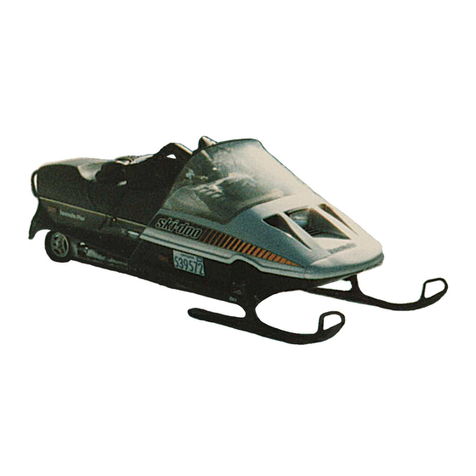
Ski-Doo
Ski-Doo Formula Plus 1985 Operator's manual

BOMBARDIER
BOMBARDIER Ski-Doo Alpine 74 1959 owner's manual

Arctic Cat
Arctic Cat Cougar Service manual


